share this
Symbols of A Nation
A Cloth. A King and a Girl born on Friday
When first asked to participate as the cover artist for the Black Panther World of Wakanda project, I was excited to work on this Iconic character with the legendary Brian Stelfreeze, whose works would later influence the Black Panther film and aesthetic.
Stelfreeze e was the artist who pushed me to pursue a career in comics. But there was a shift. After creating the variant, Marvel decided to do a spin-off series called World of Wakanda featuring some of the first black women to pen and illustrate a story for Marvel in the company's history. I didn't know it, but I was about to be a part of a historic event. I wanted to commemorate this by putting a piece of my heritage into the work.
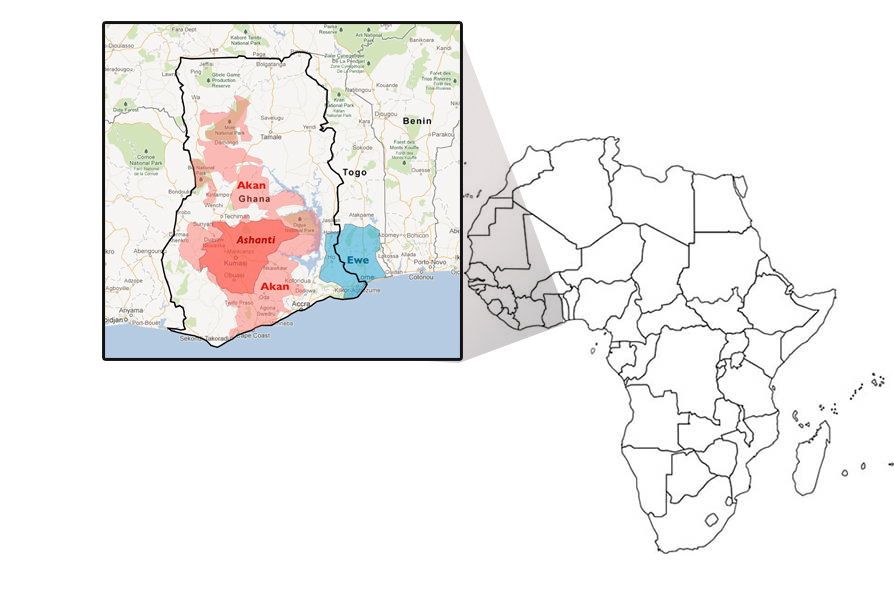
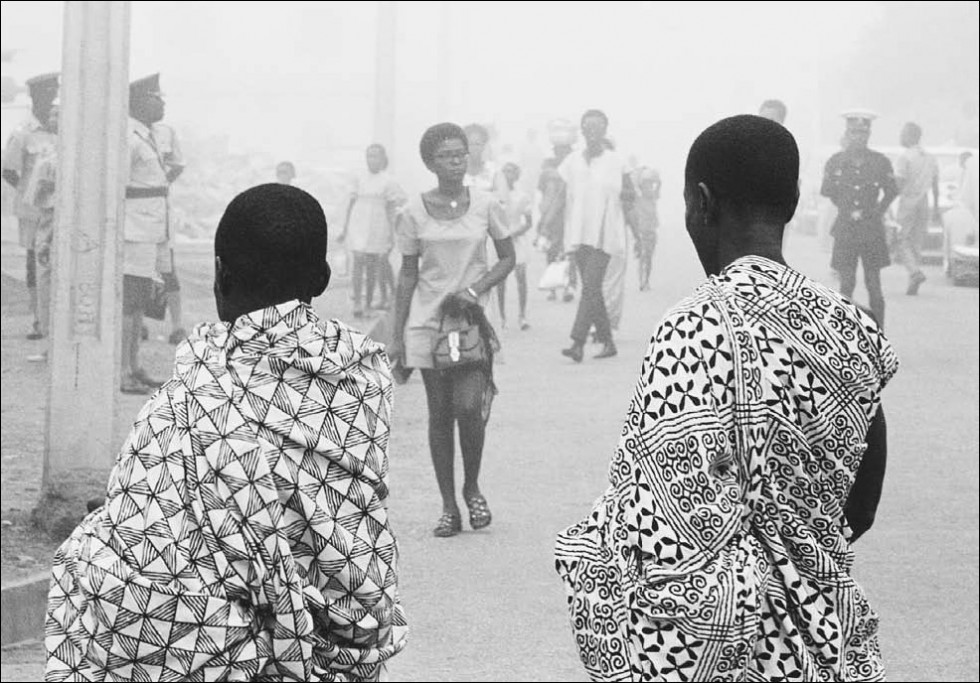
Afua is a West African name meaning 'Girl born on Friday.' sharing an origin location with the Adinkra symbols. These icons express complex philosophies and aphorisms of the Bono people in Gyaman, a medieval Akan state located on the peninsula Ashantiland and Côte D'Ivoire. Self-named after the 19th-century king of the Gyaman, Nana Kwadwo Agyemang Adinkra. In 1818, There was a war between the Ashanti and the Gyaman kingdoms over King Adinkra's replication of the sacred golden stool, a placeholder for a queen. King Adinkra was captured and taken to Kumasi, The capital of Asante. On his fatal march to the capital, he wore a patterned cloth with these symbols painted on them with calabash stamps using vegetable-based dyes. Adinkra is also a Twi word meaning "Farewell," which is appropriate for the last moments of the ill-fated king.
I thought of no better way to celebrate the victory of this journey and this monumental comic book marking the first and second black female writers for Marvel Comics. Wakanda is the most technologically advanced nation in the Marvel Universe, setting a template for the dreams and aspirations of future African nations advancing and developing without external strife. I put my heart and heritage into these covers, utilizing these Adinkra meanings to align with the storylines of each issue. I am studying and learning more about them and am open to being corrected and educated. I discovered my name's meaning and found pride in learning about this Adinkra from Ghanaians who traveled to the States, and I share that wisdom with you.
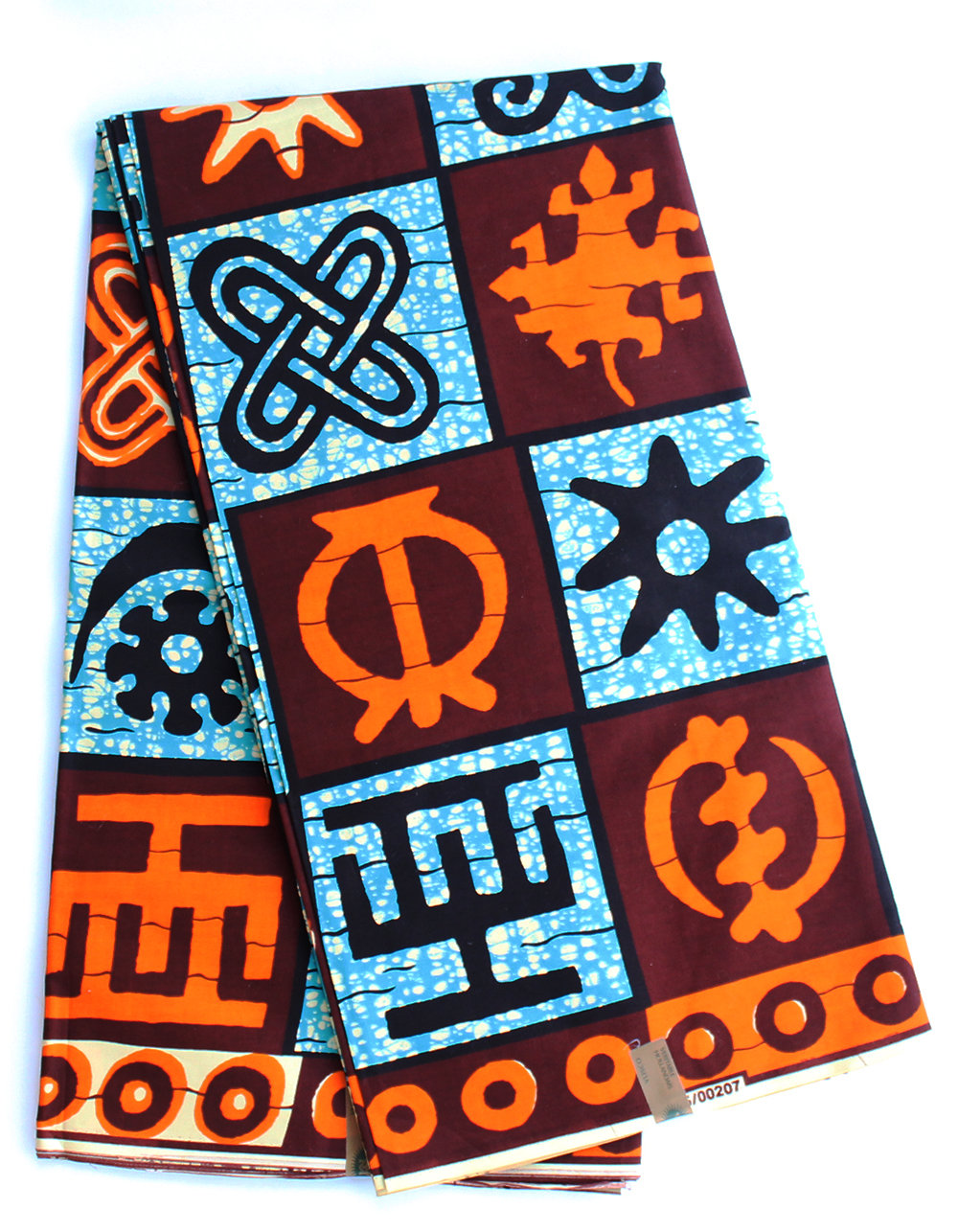
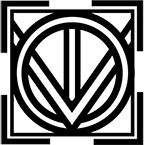
Black Panther Issue 1. T'Challa's Symbols
NEA OPE SE OBEDI HENE
A symbol of service and leadership
From the expression "Nea ope se obedi hene daakye no, firi ase sue som ansa" meaning "He who wants to be king in the future must first learn to serve." I thought it fitting for T'Challa, who is facing a civil war within the Wakandan Nation , to have the symbol of Kingly service to represent the trails he must face when returning to his land that was left in peril.
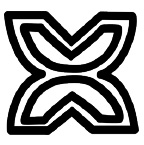
Black Panther Issue 1 Aneka & Ayo's Symbolism
Fawohodie
"Independence"
A symbol of independence, freedom, emancipation
"From the expression:
Fawodhodie ene obre na enam.
Literal translation: "Independence comes with its responsibilities." Aneka and Ayo face the consequences of their rebellion. Their love for one another could not be over shadowed by their duty as Dora Milaje.
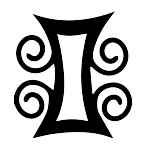
Black Panther Issue 1 Zenzi's Symbolism
Tamfo Bebre
“The enemy will stew in his own juice.”
Symbol of jealousy and envy. The Inhuman, Zenzi who conjures the base and primal emotions of those under her power's influence must learn to control her own rage and fear as she comes into her own powers. Her powers amplify the emotions of others to their extremes. Disarming her enemies by sending them into a self destructive frenzy or overwhelming empathy and sorrow.
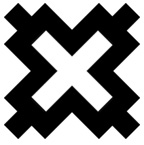
Black Panther Issue 2 Cover Symbolism
Aban
"Fence"
Strength and Authority. The Dora Milaje rebel against their reunited king. There is now a barrier between T"challa and his people. A fence that is invisible but felt throughout the nation.
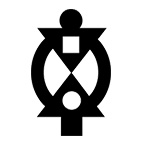
Black Panther Issue 3 T'Challa Symbolism
Boa Me Na Me Boa Wo
"Help Me to Help You"
Interdependence, Cooperation. The only way the Nation of Wakanda can be reunited is if the hearts and minds of the people are at peace and in alliance. That goal may be hard to come by as Wakanda's wounds have yet to be healed for T'Challa's absence and Namor's flood
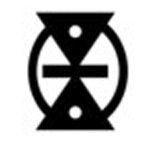
Black Panther Issue 3 Cover Symbolism
Mmere Dane
"Time Changes"
Change, Life's Dynamics. At one point and time the Dora Milaje were the faithful guardians and candidates for Queen of the Wakandan nation. Time has a way of changing the tides.
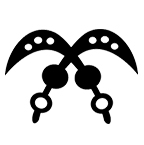
Black Panther Issue 4 Panther Symbolism
Akofena
"Sword of War"
Symbol of courage, valor, and heroism The crossed swords were a popular motif in the heraldic shields of many former Akan states. In addition to recognizing courage and valor, the swords can represent legitimate state authority. A fitting symbol for the Black Panther, Guardian and King of Wakanda
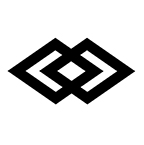
Black Panther Issue 4 Aneka Cover Symbolism
Epa
"handcuffs"
A symbol of law and justice, slavery and captivity. Adolph Agbo, in "Values of Adinkra Symbols" notes that handcuffs were introduced in Africa as a result of the slave trade, and later became popular among chiefs in cuffing offenders of the law. "The symbol reminds offenders of the uncompromising nature of the law. It however discourages all forms of slavery." Aneka did what should have been done when injustice went unanswered. But she is being punished for her defiance by taking the law into her own hands.
share this
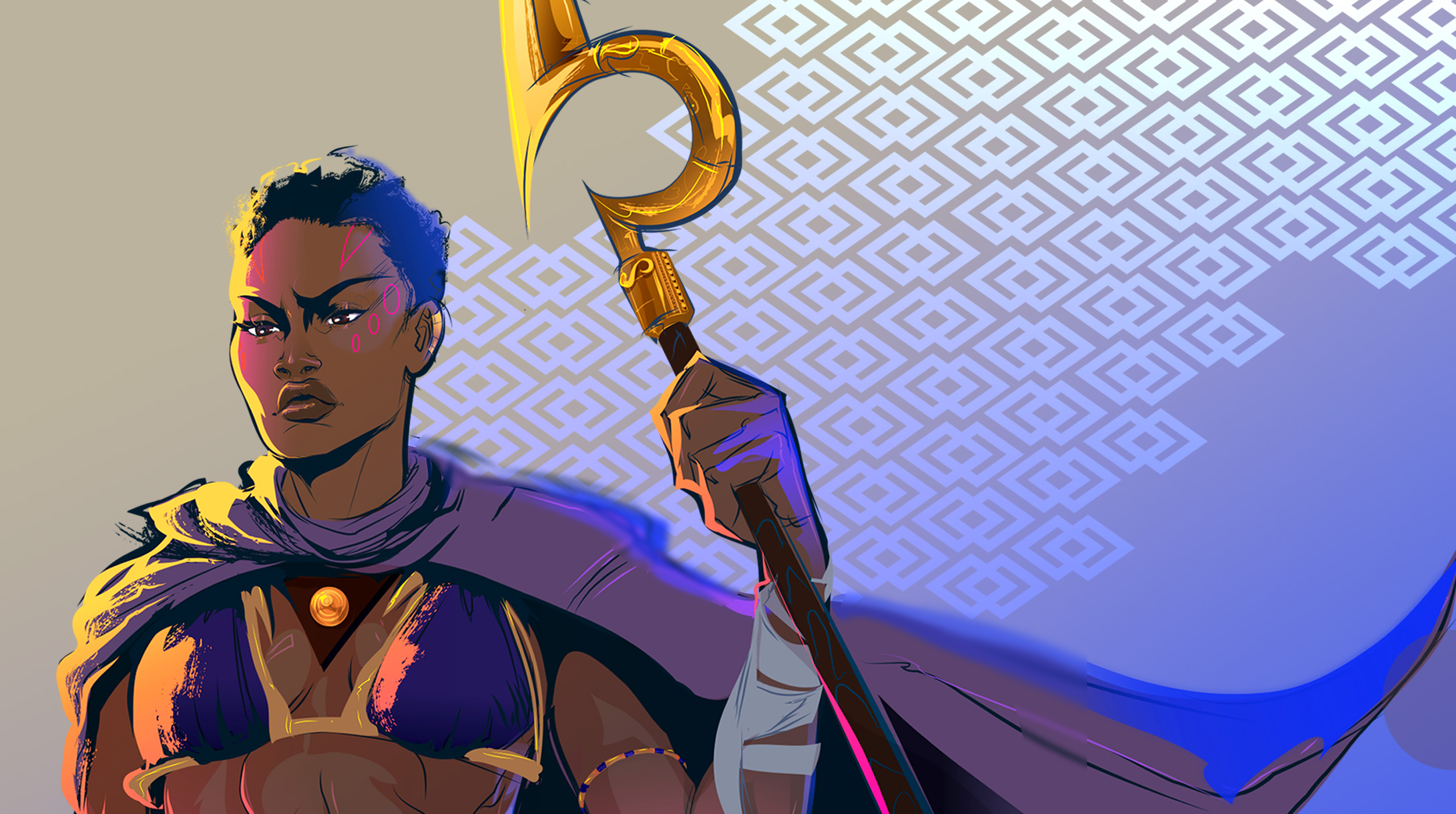
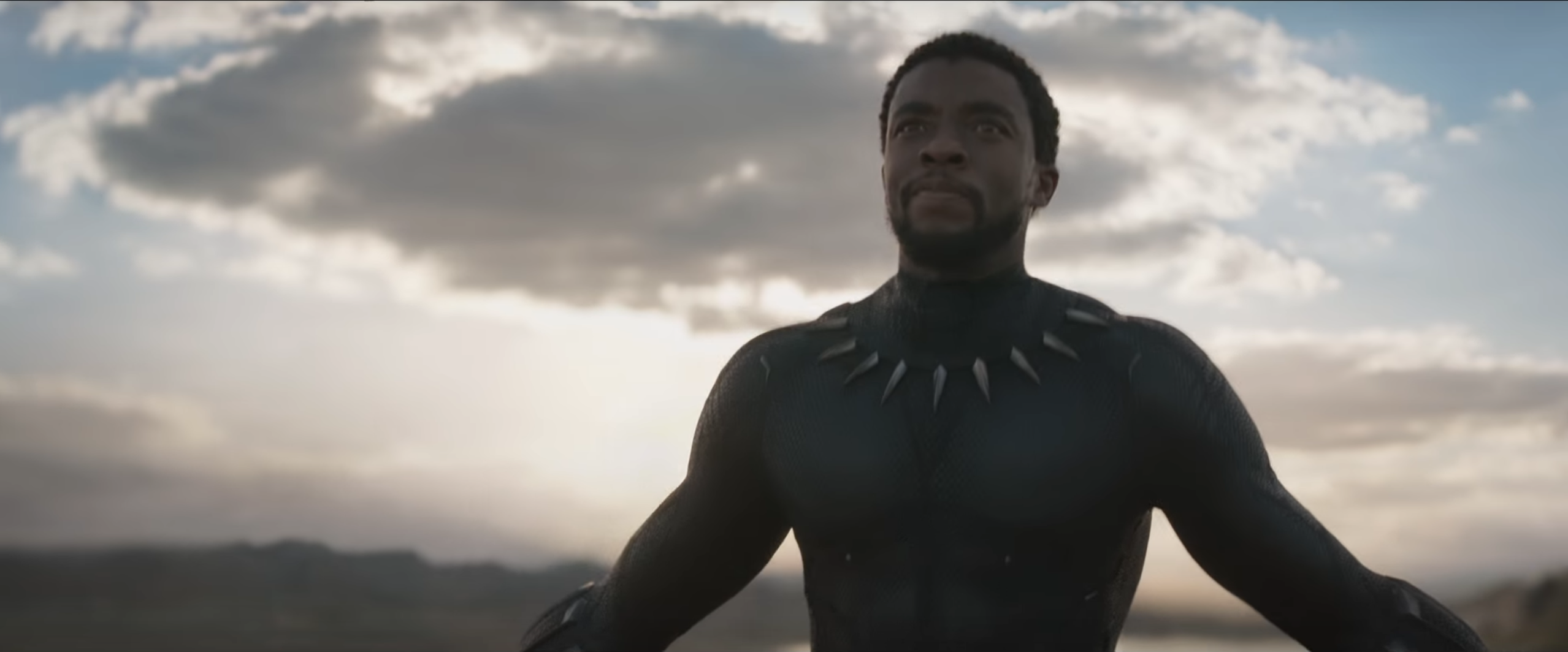
One Comment